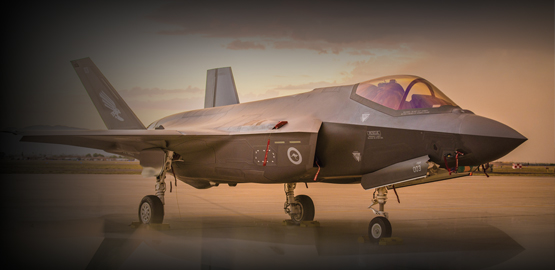Publications
"Nobody does defense policy better than CSBA. Their work on strategic and budgetary topics manages to combine first-rate quality and in-depth research with timeliness and accessibility—which is why so many professionals consider their products indispensable." – Gideon Rose, Editor of Foreign Affairs, 2010-2021
Statement Before the Senate Armed Services Committee on Reshaping the Military
Chairman McCain, Ranking Member Reed, thank you for inviting me to testify today on this important and timely subject. The United States is at an inflection point in its national security. After enjoying almost three decades of military superiority, the United States now faces competitors with strategies and capabilities that could circumvent, undermine, or defeat the defense posture and forces of America and its allies. In some regions and mission areas, the U.S. military is already behind those of its potential adversaries. If we fail to reshape our military and implement new ways to deter aggression, respond to provocation, suppress terrorism and insurgency, and protect the homeland, we risk the security assurances upon which our alliances are based and, with them, the security and economic health of the United States.
Restoring American Seapower: A New Fleet Architecture for the United States Navy
The United States faces a very different set of security challenges than it has since the Cold War. Great power competitors such as China and Russia improved their military capabilities over the last two decades while America focused on Middle East insurgencies, and now appear willing to challenge the international order.
Winning The Salvo Competition: Rebalancing America’s Air And Missile Defenses
Over the last fifteen years, the Department of Defense spent more than $24 billion buying a mix of capabilities to defeat guided missile threats to U.S. and partner naval forces and land installations. Despite DoD's urgency, these investments have not resulted in air and missile defenses with sufficient capacity to counter large salvos of ballistic missiles, cruise missiles, and other precision-guided munitions (PGMs) that can now be launched by America's enemies.
Deploying Beyond Their Means: America’s Navy and Marine Corps At a Tipping Point
Today the Navy and Marine Corps are facing a fundamental choice: maintain current levels of forward presence and risk breaking the force or reduce presence and restore readiness through adequate training, maintenance, and time at home.
Revisiting the Roles and Missions of the Armed Forces
In his testimony before the Senate Armed Services Committee, Robert Martinage argues that the roles and missions of the Armed Forces need to be realigned to better address U.S. national security challenges and preserve U.S. military superiority in the decades ahead. His remarks focus on three broad areas for change: the possible creation of new Services for space, cyber, and special operations; the need for increased Service specialization; and the concept of “competitive jointness,” meaning encouraging healthy intra- and inter-Service rivalry to foster innovation.
Undersea Warfare Game Changers
In his remarks before the House Armed Services Seapower and Power Projection Forces Subcommittee, Bryan Clark argues that American undersea dominance will increasingly be contested by competitors who are pursuing new detection technologies while growing and quieting their own submarine fleets. To affordably sustain its undersea advantage well into this century, the U.S. Navy must accelerate innovation in undersea warfare by evolving the role of manned submarines and exploiting emerging technologies to field a new "family of undersea systems."



























